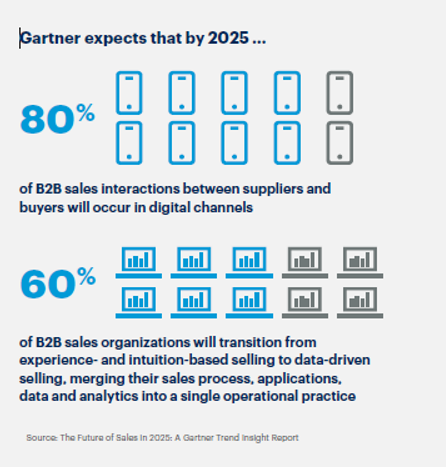As a learning consultant and a sales trainer, I train many sales groups, from counter sales to feet-on-street sales, from B2C to B2B sales, and from sales managers to sales leaders. I have been a part of many sales reviews. During these sales reviews, I have observed the salesperson using some of the below statements, to get out of the jam when they are questioned about their goals and targets.
- Sales cycles are becoming longer.
- Customers are just deferring decisions.
- The sales processes have become more complex.
- Customers are expecting magic, and we do not have a magic wand.
- Our products and services do not cut ice.
Our products and services do not kindle interest.
Do the sales team believe in their organization’s expertise? Is the sales team convinced about the value of the products/solutions they offer? It becomes even more challenging when sales leaders believe that the competitor’s products & services are better than their own, leading to a detrimental impact on the morale of the sales team.
It is easy to blame the sales process, the products and services offered, packaging and positioning, the market segmentation, and the economic conditions for the dismal sales performance. While these factors significantly play a role, a more strategic, human-centric, modern and digital approach has to be considered to overcome challenges in these areas.
Effective people management extends beyond the sole responsibility of the HR department; it is a collective obligation shared by every manager within an organization. Similarly, the promotion and marketing of a product or service should not be solely shouldered by the marketing team; rather, it is a shared responsibility involving every sales personnel.
Pull is better than push while selling complex solutions.
The modern consumer is averse to feeling pressured into a buying decision. Decisions are increasingly intrinsic and influenced by social sentiment garnered from various sources, particularly social media. In response, sales personnel must maintain a strong digital presence, actively crafting meaningful messaging and engagements on professional social networks.
A sales leader’s thought leadership is gauged by the number of articles published in social forums. These articles serve as a platform to showcase their insights and expertise, effectively highlighting the unique features and benefits of a particular product or service, thereby fostering more informed and receptive customers.
Questions to ponder.
We use social channels such as LinkedIn and X (formerly Twitter), to connect with friends and colleagues. However, the pivotal question remains: are we strategically connected to the right audiences, primarily our customers and decision-makers? Moreover, is our messaging, through articles and write-ups authored by our thought leaders, effectively capturing the attention of these influential decision-makers?
Digital Presence – a KRA for all
It is critical to make digital presence a part of the Key Result Areas (KRA) for all sales and other functional leaders, with quantifiable efforts like publishing blogs, (x number per month as Key Performance Indicators -KPI). Activities like engaging with people in social forums through polls and probes should also be encouraged and mandated.
The blogs and polls should highlight the benefits of the products and services offered, and emphasise the solutions to various customer problems.

Digital Literacy – the road to the future
A sales leader needs to understand that digital leadership is the way to be successful in the present times of virtual selling. According to Gartner’s survey, the future of sales in 2025 – A Gartner Trend Insight Report, reveals that 80% of B2B sales interactions will occur through digital channels.
Navigating complex sales involving multiple decision-makers will always make the sales cycle longer. In a business landscape where cost optimization is a top priority, large-value deals are likely to face delays as organizations meticulously weigh their options. Despite these challenges, adept sales organizations recognize the immense value of leveraging the digital space to connect with their customers and have meaningful conversations with them. Through these digital engagements, the sales team can proactively qualify leads and drive towards successful closures.
Being digitally present and actively participating in professional social networks is just one of the attributes of a digital leader. They also should leverage technology and digital tools to drive innovation and automation that helps achieve favourable digital transformation. The need for data-driven selling should also be introduced in Sales Organizations and other functions by digital leaders.
A quick poll
By cultivating a robust digital presence, individuals and the organization at large can remain relevant and visible, ultimately paving the way for success in the dynamic landscape of modern sales.
Please visit my blog page and YouTube channel, ‘Ideas Beats and Tunes’ by clicking the buttons below.


1 Comment
Rajasekharan chammancheri · December 24, 2023 at 7:23 am
True and awesome.